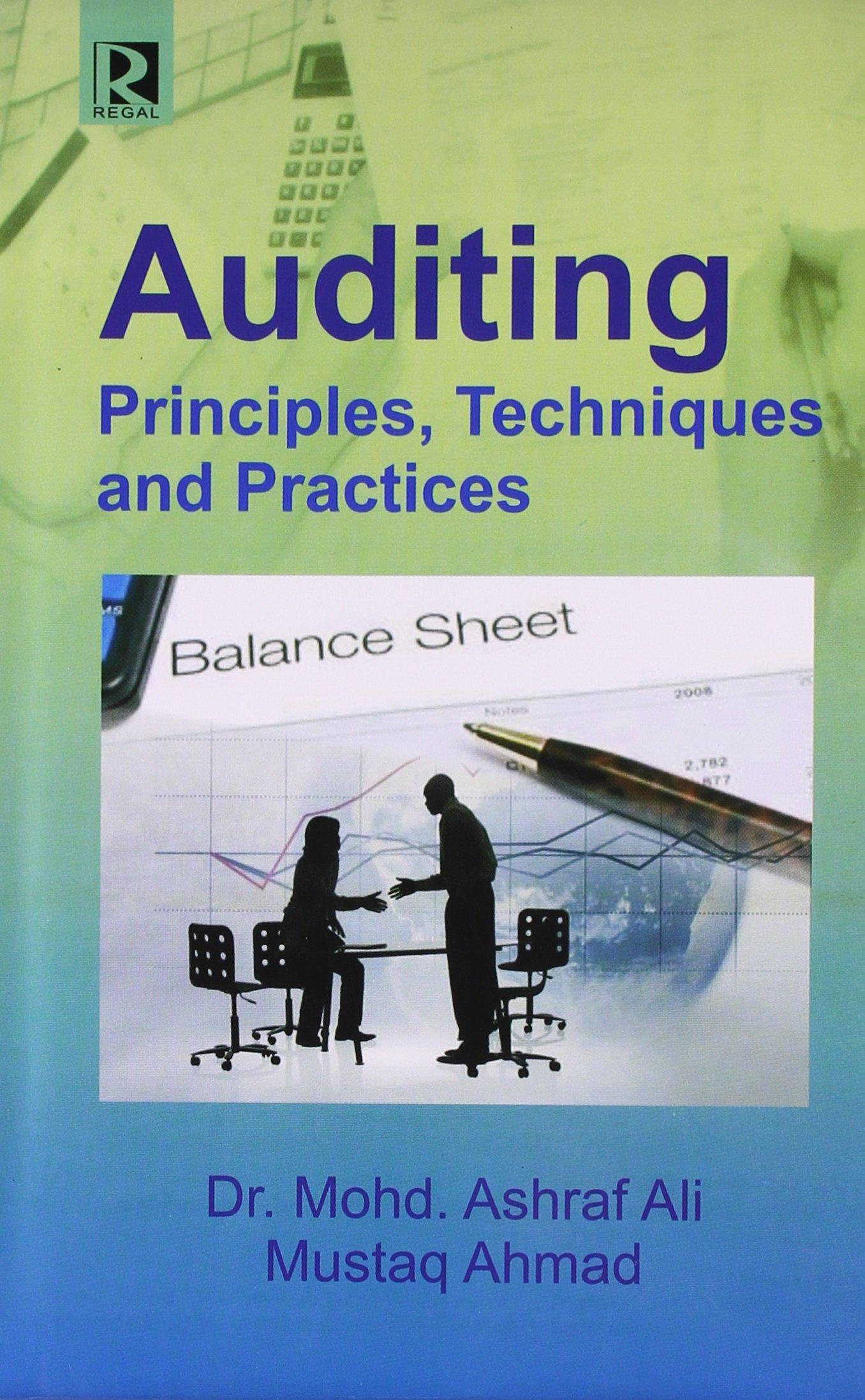Question
Jack, a geologist, had been debating for years whether or not to venture out on his own and operate his own business. He had developed
Jack, a geologist, had been debating for years whether or not to venture out on his own and operate his own business. He had developed a lot of solid relationships with clients, and he believed that many of them would follow him if he were to leave his current employer. As part of a New Years resolution, Jack decided he would finally do it. Jack put his business plan together, and, on January 1 of this year, Jack opened his doors for business as a C corporation called Geo-Jack (GJ). Jack is the sole shareholder. Jack reported the following financial information for the year (assume GJ reports on a calendar year, uses the accrual method of accounting, and elects to account for inventory). In January, GJ rented a small business office about 12 miles from Jacks home. GJ paid $16,600, which represented a damage deposit of $6,640 and rent for two years ($4,980 annually). GJ earned and collected $400,000 performing geological-related services and selling its specialized digging tool. GJ received $50 interest from municipal bonds and $2,320 interest from other investments. GJ purchased some new equipment in February for $53,500. It claimed depreciation on these assets during the year in the amount of $8,190. GJ paid $8,100 to buy luxury season tickets for Jacks parents for State U football games. GJ paid Jacks father $14,400 for services that would have cost no more than $8,640 if Jack had hired any other local business to perform the services. While Jacks dad was competent, he does not command such a premium from his other clients. In an attempt to get his name and new business recognized, GJ paid $8,100 for a one-page ad in the Geologic Survey. It also paid $17,200 in radio ads to be run through the end of December. GJ leased additional office space in a building downtown. GJ paid rent of $32,500 for the year. In November, Jacks office was broken into and equipment valued at $6,100 was stolen. The tax basis of the equipment was $6,600. Jack received $2,440 of insurance proceeds from the theft. GJ incurred a $4,550 fine from the state government for digging in an unauthorized digging zone. GJ contributed $3,440 to lobbyists for their help in persuading the state government to authorize certain unauthorized digging zones. On July 1, GJ paid $1,800 for an 18-month insurance policy for its business equipment. The policy covers the period July 1 of this year through December 31 of next year. GJ borrowed $20,000 to help with the companys initial funding needs. GJ used $2,000 of funds to invest in municipal bonds. At the end of the year, GJ paid the $1,200 of interest expense that accrued on the loan during the year. Jack lives 12 miles from the office. He carefully tracked his mileage and drove his truck 6,280 miles between the office and his home. He also drove an additional 7,200 miles between the office and traveling to client sites. Jack did not use the truck for any other purposes. He did not keep track of the specific expenses associated with the truck. However, while traveling to a client site, Jack received a $260 speeding ticket. GJ reimbursed Jack for business mileage and for the speeding ticket. GJ purchased two season tickets (20 games) to attend State U baseball games for a total of $1,540. Jack took existing and prospective clients to the games to maintain contact and find further work. This was very successful for Jack as GJ gained many new projects through substantial discussions with the clients following the games. GJ paid $3,940 for meals when sales employees met with prospective clients. GJ had a client who needed Jack to perform work in Florida. Because Jack had never been to Florida before, he booked an extra day and night for sightseeing. Jack spent $620 for airfare and booked a hotel for three nights ($230/night). (Jack stayed two days for business purposes and one day for personal purposes.) He also rented a car for $155 per day. The client arranged for Jacks meals while Jack was doing business, but GJ paid all expenses. GJ paid a total of $32,000 of wages to employees during the year, and cost of goods sold was $37,000. Required: a. What is GJs net business income for tax purposes for the year? b. As a C corporation, does GJ have a required tax year? If so, what would it be? c. If GJ were a sole proprietorship, would it have a required tax year-end? If so, what would it be? d. If GJ were an S corporation, would it have a required tax year-end? If so, what would it be?
business tax
Step by Step Solution
There are 3 Steps involved in it
Step: 1

Get Instant Access to Expert-Tailored Solutions
See step-by-step solutions with expert insights and AI powered tools for academic success
Step: 2

Step: 3

Ace Your Homework with AI
Get the answers you need in no time with our AI-driven, step-by-step assistance
Get Started


